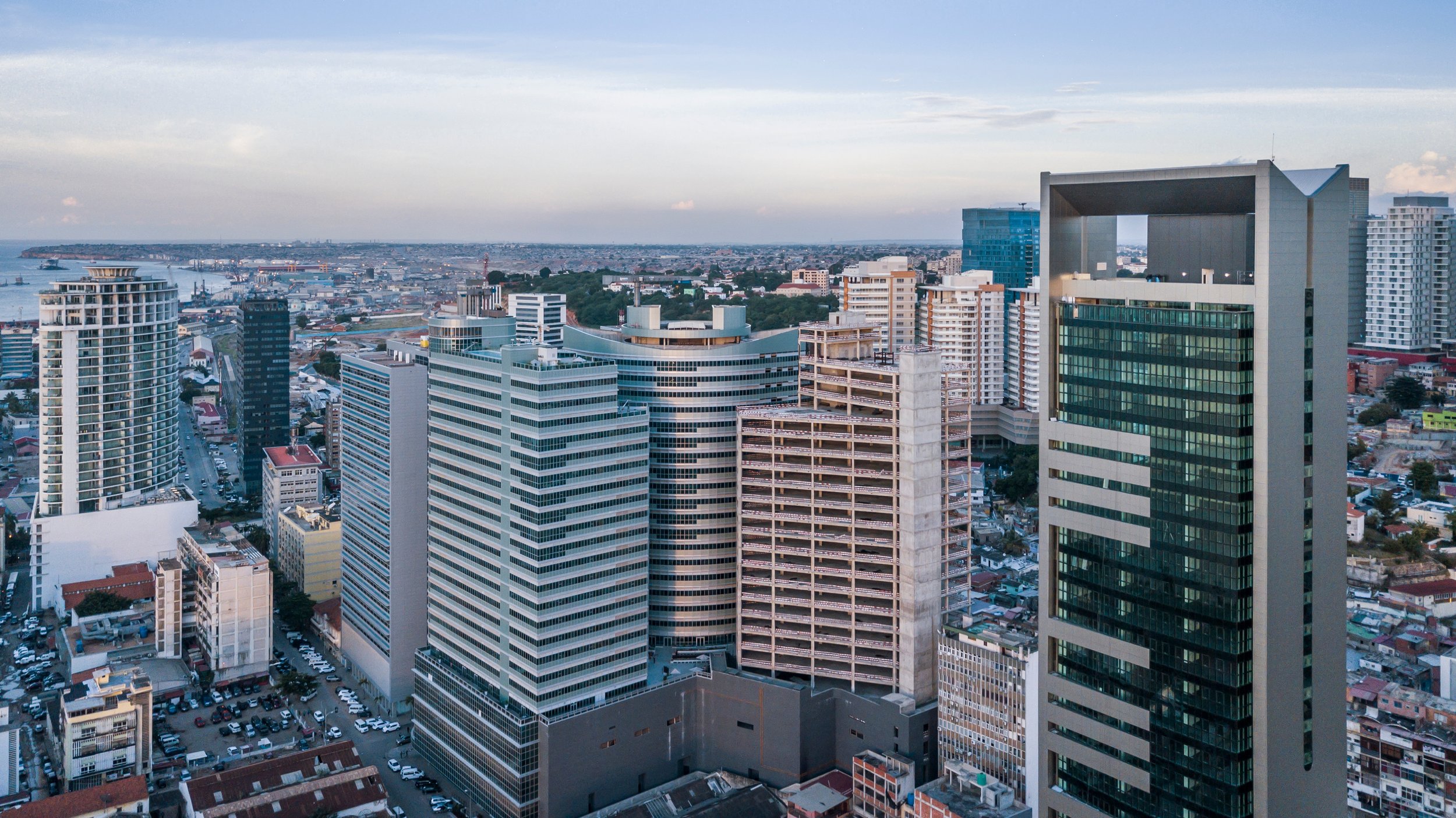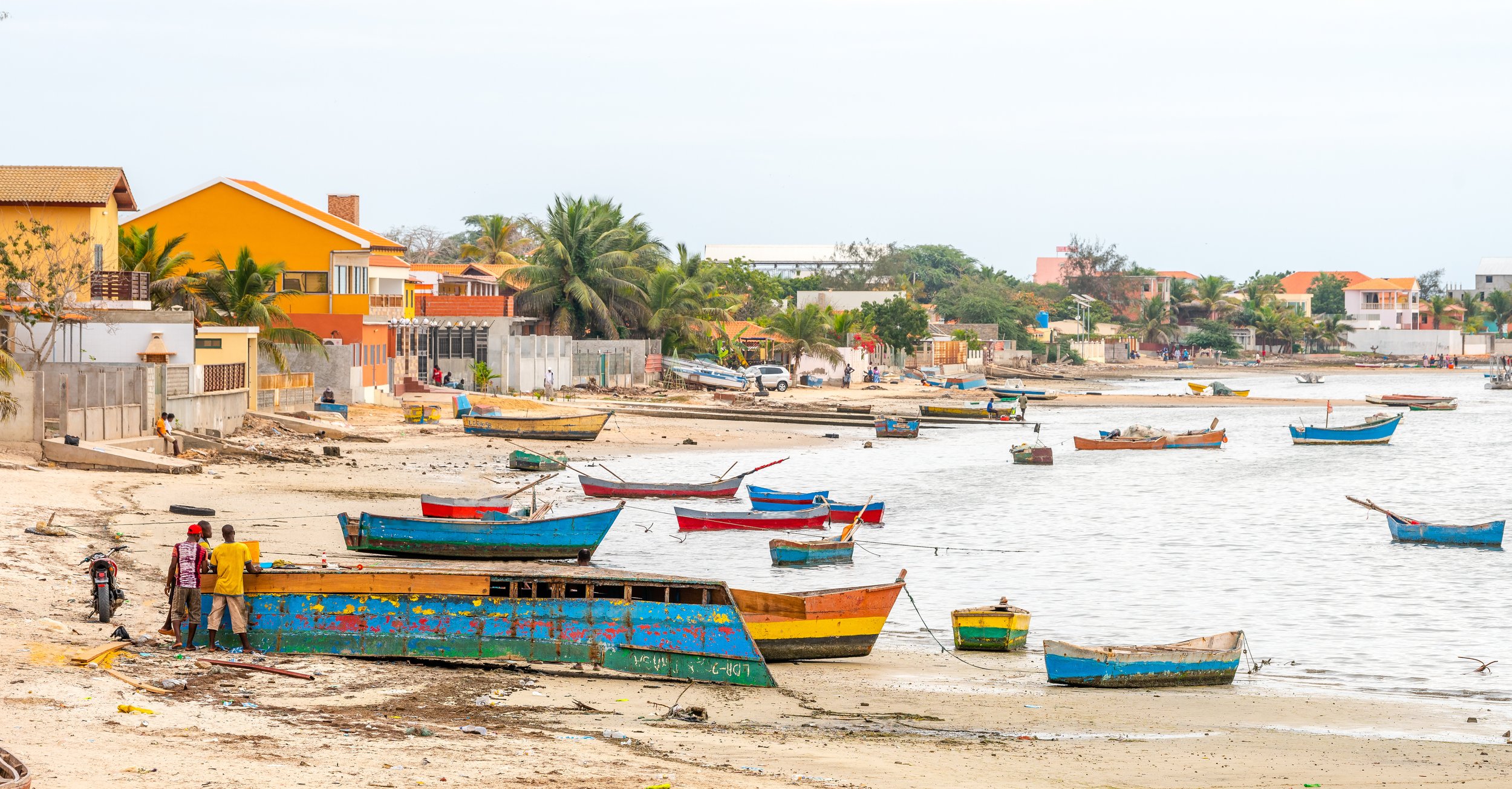RECORDED MUSIC INDUSTRY OVERVIEW
Angola
Africa
Potential of Recorded Music
MEDI aims to highlight music’s potential as a global tool to reduce poverty and drive economic growth by estimating its worldwide value. This includes projecting how that value could increase if every country had supportive institutions in place, such as appropriate legislation, infrastructure, and policies, and if music achieved full market penetration. We are currently collecting data in each country to support this analysis.
Coming soon
Coming soon
Coming soon
Local Impact
Over time, MEDI will conduct country-level economic and social impact assessments to better understand how to unlock sustainable growth within national music ecosystems.
Coming soon
Coming soon
Coming soon
Coming soon
Coming soon
Coming soon

Socioeconomic Indicators
EXPLANATORY NOTES: Data via UN Population Fund (UNFPA). Accessed 24/10/2024. 2024 estimate based on UNFPA World Population Prospects 2022 data.
37,804,634
EXPLANATORY NOTES: Data via World Bank Development Indicators database. Accessed 24/10/2024.
$266,249
EXPLANATORY NOTES: Data via World Bank, using national accounts data, and OECD National Accounts data files. Accessed 02/04/2025.
$2,308.20
1%
EXPLANATORY NOTES: Data via World Bank, using national accounts data, and OECD National Accounts data files. Accessed 01/04/2025.
EXPLANATORY NOTES: Data via World Bank, Poverty and Inequality Platform. Accessed 19/09/2024.
51.30%
EXPLANATORY NOTES: Data via IMF World Economic Outlook. Accessed 01/04/2025.
21.3%
EXPLANATORY NOTES: Data via US Census Bureau International Database (IDB). Accessed 01/04/2025.
EXPLANATORY NOTES: Data via World Bank, using United Nations Population Division database. Accessed 24/10/2024.
68.69%
EXPLANATORY NOTES: Data via CIA World Factbook. Accessed 04/11/2024.
14.62%
EXPLANATORY NOTES: Data via CIA World Factbook. Accessed 04/11/2024.
28.20%
EXPLANATORY NOTES: Poverty rate at $2.15 a day (2017 PPP) (% population). Data via Poverty and Inequality Platform, The World Bank. Accessed 16/04/2025.
31.12%
EXPLANATORY NOTES: Data via International Telecommunication Union (ITU) DataHub. Accessed 31/03/2025.
44.80%
EXPLANATORY NOTES: Data via World Bank Global Financial Inclusion Database. Accessed 01/04/2025.
N/A
EXPLANATORY NOTES: Data via World Bank Global Financial Inclusion Database. Accessed 01/04/2025.
N/A
EXPLANATORY NOTES: Data via Cable.co.uk. Accessed 01/10/2024.
$1.01

Industry Infrastructure
Collective Management Organisations
Authors & Publishers
Performers
Producers
Voluntary Joint Ventures & Umbrella entities for licensing users
Associations
Music Authors
None
Music Publishers
None
Music Performers
Sound Recording Producers/Labels
Other
None
Music Export Office
None
Joint Industry Body
None
Policies
Culture Policy/Strategy
Music Policy/Strategy
None
Legal Framework
Digital and Performance Rights Treaties
Other Treaties
National Copyright Legislation
National Treatment
-
Angola protects the rights of authors of works published for the first time outside Angola and simultaneously published in Angola within 30 days regardless of the nationality or residence of the author. Angola applies the protection to works by virtue of a treaty to which Angola is a party.
Foreign authors enjoy protection concerning performance rights and digital exploitation of eligible works. -
Angola protects the rights stipulated in the copyright law to performers and producers of phonograms and videograms that are protected by virtue of a treaty to which Angola is a party.
Based on the above foreign performers and producers of phonograms enjoy the protection of reproduction rights.
Angola also protects performers, irrespective of nationality, whose performances take place in Angola, or are incorporated in protected phonograms/videograms, or are incorporated in protected broadcasts. Angola protects phonograms/videograms whose first fixation was made in Angola and which were published for the first time in Angola.
Qualifying foreign performers and producers of phonograms stated above enjoy protection concerning performance rights and digital exploitation of eligible performances and phonograms/videograms respectively. -
“National Treatment” refers to the assimilation of the treatment of foreign right holders to that of domestic right holders. It is a basic rule of most international conventions and mandates that foreign rights holders from contracting countries must receive the protection within any other contracting country as that country grants to its own nationals, ensuring equal rights under the scope of the relevant convention.
General national treatment obligations are set out in Article 5 of the Berne Convention and Article 2 of the Rome Convention, providing that the members of respective conventions must grant to each other’s nationals the rights provided in the convention. Berne Convention also extends the national treatment to “the rights which their respective laws do now or may hereafter grant to their nationals,” while Rome Convention members are not obliged to extend national treatment to the rights of performers and producers of phonograms which are accorded under their national law over and above the rights enshrined in the Rome Convention.
The criteria for eligibility for protection are provided in Article 3 of the Berne Convention and Articles 4 and 5 of the Rome Convention. With regards to national treatment of producers of phonograms, members of the Rome Convention may reserve the right not to apply either the criterion of fixation or that of publication of the phonogram.
As per WIPO, the total number of members to the key treaties above is as follows:
Berne Convention: 181 Members
Rome Convention: 98 Members
WIPO Copyright Treaty: 118 Members
WIPO Performances and Phonograms Treaty: 114 Members
TRIPS Agreement: 166 MembersThis is a high-level overview concerning national treatment of music authors, performers and producers of phonograms; for comprehensive and detailed provisions, refer to the laws of each country. The overview:
1) details only the criteria applicable to foreign rights holders, without including the broader set of qualification rules for domestic protection that do not concern them,
2) is limited to performance rights and digital exploitation of recorded music, including works and other protected objects:
- “Performance rights” include radio and TV broadcasting, public performance, and communication to the public,
- “Digital exploitation” includes reproduction rights, distribution rights, communication to the public and making available rights.
The term "based on reciprocity" used in the overview for some countries means that Country A will protect the works of authors or other right holders who are nationals of Country B that is not a member of treaties Country A is a party to, and whose works or other protected objects were first published outside of Country A, only if Country B offer similar copyright protection to Country A’s authors or other rights holders and works and other protected objects respectively first published in Country A.
The term "treaty" in the overview includes conventions and international agreements.
Music Consumption
Domestic Repertoire Quotas
No domestic repertoire quotas.
Digital Streaming Services
GLOBAL STREAMING SERVICES
REGIONAL STREAMING SERVICES
DOMESTIC STREAMING SERVICES
Key Risks and Opportunities
Risks
Low GDP growth, high inflation, income inequality, and high poverty and unemployment rates might limit disposable income and impact the potential for music industry revenue generation and market growth.
Relatively low internet penetration and the cost of mobile data can be a barrier to widespread digital music consumption.
Lack of accession to key digital and performance rights international treaties limits protection for Angolan creators abroad, and makes cross-border licensing of creative works more complex and uncertain.
Opportunities
The significant share of youth population and high rate of urbanisation represents a potentially large future consumer base for music and entertainment, as the economic power of this younger generation grows.
The inclusion of cultural production and creative industries in national development plans signals a potential willingness from the government to support the sector, however a specific music policy still needs to be developed.
The availability of major global streaming platforms and the emergence of domestic streaming services suggest growing awareness and demand for digital music consumption, and a developing local music ecosystem.














